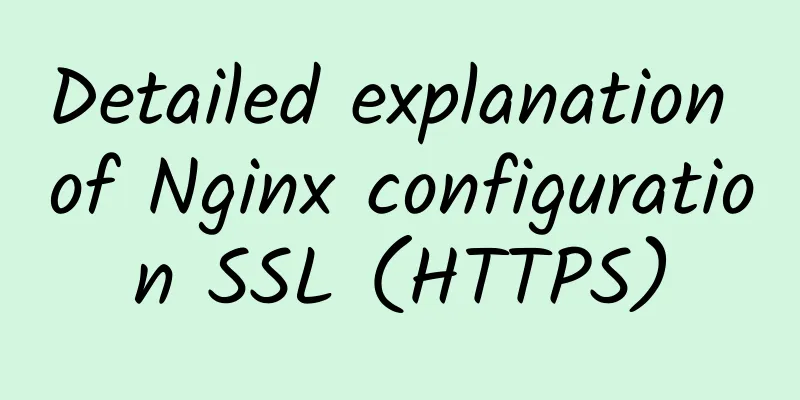How can operators make full use of SDN?

|
When talking to communications service providers (CSPs) about software-defined networking (SDN), most recognize the value of SDN to their business. But not every CSP realizes that a new approach to service assurance is critical to taking advantage of this dynamic new network.
As operators progress from the trial phase to new SDN services, they quickly realize that in addition to the basic SDN capabilities currently provided by most vendors, they need a completely new approach to ensure that their networks and services are running in an optimal state. The solutions they need are based on combining network service assurance with SDN. The first part is relatively straightforward, by ensuring that the service assurance tools used today work in a multi-vendor SDN environment and have the appropriate visibility. The second part is using this data to drive automatic changes to the network when dynamic responses are needed. In other words, key performance indicators (KPIs), analysis, and correlations are used to trigger assurance policies in the operator's SDN controller. These will automatically modify the network to ensure that user needs are always met and that the network infrastructure is always running at the highest efficiency. Here’s what you need to know when considering service assurance for a carrier SDN project: Near real-time network visualization Ensure that telemetry is used to collect data across multiple network domains supported by SDN, including IP, optical, virtual and physical networks. Near real-time visibility of the entire network will enable problems to be identified and addressed before they affect service. Make sure you can trigger automated actions Adding service assurance to operator SDN not only gives operators better visibility into whether new SDN services are operating optimally, it also enables assurance capabilities to become more dynamic and automated. Assurance data can be used to trigger automatic changes to the network through SDN control, so dynamic or “closed-loop” benefits can be achieved. At the service layer, automated actions can be initiated to ensure SLAs are met. At the network layer, they can better utilize network assets while providing better overall service levels to users. ***, ensure support for a wide range of automated network operations. Common operations in the dynamic assurance toolkit should include automatically redirecting traffic flows, establishing new IP/optical paths, and dynamically adjusting existing IP/optical paths. Identify the pain points you want to solve Users can leverage comprehensive service assurance to address a variety of goals and issues. For example, one of our existing service provider users wanted to offer advanced on-demand bandwidth services that put bandwidth wherever it is needed to avoid service degradation. The link utilization KPI is used to dynamically adjust paths on the IP/optical layer to meet changing demand. Another service provider realized that integrated service assurance could provide highly intelligent and auto-adjusting load balancing, which would allow them to optimize links to public and private data centers. They now manage congestion and latency across data center links and peering points, dynamically redirecting selected traffic to avoid congestion and ensure user satisfaction. How to get started on the road to automated assurance? Once you’ve identified the pain points you want to address, start by studying assurance data to identify events that require regular operational intervention. You can then write policies using assurance data as triggers to automate these changes, tracking the policies to ensure they are successfully delivering the desired outcomes. Once you build trust in your automated assurance processes, you’ll have a fast, cost-effective way to maintain high performance and efficiency while launching new revenue-generating SDN services. In other words, automated service assurance will help you realize the technical and business potential of your new SDN network. |
<<: Summary and analysis of the top ten optical communication technologies in 2016
>>: SDN Trend Review: 2016 is the First Year of Software-Defined WAN
Recommend
Huawei 5G Power enables a green and fully connected world
[Shenzhen, China, April 17] At the 2019 Huawei Gl...
What new opportunities will the powerful combination of 5G and AI bring?
[[261281]] As an investor in emerging technologie...
After running blindly, how much money did operators make from 5G?
[[347740]] Recently, China Mobile and China Unico...
10,000-word article on HTTPS, no more panic in interviews!
The HTTP protocol only establishes the standard f...
5G spectrum issues remain prominent: experts suggest strengthening collaborative research on high and low spectrum
December 28th morning news (Yue Ming) At the &quo...
Why do we need a websocket protocol when there is an HTTP protocol?
Usually when we open a web page, such as a shoppi...
Why do you need a managed switch?
When dealing with complex network environments, i...
SmartHost: 40% off large hard drive VPS promotion, starting at $4.17/month, 8 data centers to choose from
SmartHost has launched a promotion for Storage VP...
Priced from RMB 2,999, the 5G selfie video flagship Huawei nova7 series is officially released
On April 23, Huawei's nova7 series was offici...
5G future is here: the industrial ecosystem is moving towards synergy and win-win
With the network reconstruction of operators, NB-...
China has 600,000 5G base stations. Why should 5G investment be moderately ahead of schedule?
In the popular movie "My Hometown and Me&quo...
Mid-year review: 10 hottest web startups in 2021
Rising Star If the IT industry has learned anythi...
AWS now integrates F5 distributed cloud bot defense to help enterprises effectively deal with complex robot attacks
F5 (NASDAQ: FFIV) today announced that F5 Distrib...
Edge computing and fog computing explained
By processing data at or near the source of the d...
The three major operators have invested 477.2 billion in 5G, unleashing the power of the digital economy engine
In fact, 2022 is another peak year for 5G investm...









